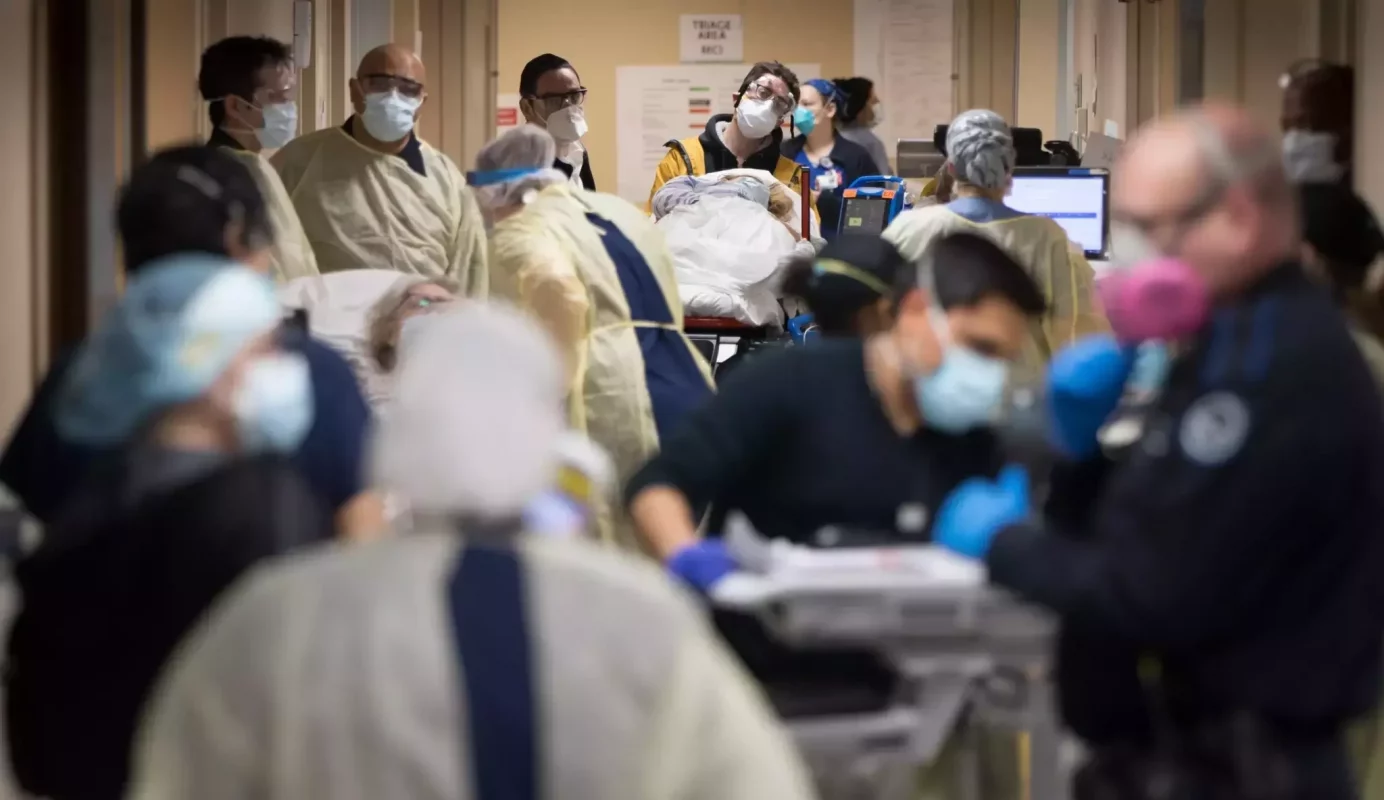Throughout my 35-year career as a pediatrician and a health system CMO and CEO, I was always focused on my primary responsibilities; to keep our patients safe and to keep our caregivers safe. Whenever I was confronted with difficult decisions, clinically or administratively, I always retreated to those fundamental priorities to guide me.
As a health care provider industry, our efforts to elevate patient safety have been relentless, highly visible and with substantive improvements for the past several decades. Federal and state governments, insurance companies, employers and consumers have all played a role in driving the industry to enhance safety and quality for our patients. There have been parallel efforts to improve the safety of the workplace for our caregivers, but on arguably the most devastating reality of violence in the workplace, we have failed to find effective solutions and the problem has escalated.
Over the last 10 years of my leadership career, I increasingly believed that I was failing my colleagues who were repeatedly exposed to verbal and physical assaults. Our employee engagement surveys revealed that staff in my organizations, and in most across the country, did not feel safe in the workplace. I regularly received written and verbal pleas from staff insisting that management do something more to protect staff. Enhancing security staffing, adding panic buttons in garages and around facilities, requiring de-escalation training for staff- all tools that have been widely adopted across the industry, did not seem to be reducing the incidence of workplace violence nor the anxiety that staff experienced about the potential risks to their safety.
As I approached retirement, I received a phone call during one of my staff meetings alerting me that security believed we had an active shooter in the building, but we didn’t know who had called in the report, nor where the shooting was allegedly taking place. I never felt so vulnerable, helpless and responsible in my life. Fortunately, it proved to be a confused set of circumstances that caused no harm. But the moment profoundly affected me.
Leaders of health systems are privileged to play a critical role in the care of the communities that they serve. They have a responsibility to provide their caregivers, and all other staff, with the tools that they need to be safe and feel safe at work. Those who feel safe in the workplace deliver higher quality care. Patients have a superior experience in organizations where staff feel safe. And I believe that organizations will more successfully recruit and retain staff if the workplace environment feels safe.
So when I was introduced to a product which impressed me as being highly effective at enhancing staff safety, which is simple to use and can be easily and quickly installed, which is relatively low cost, which can be made available to all staff in positions that put them at risk for workplace violence, I felt compelled to support this product’s success. After spending the past several years meeting with leaders of health systems around the country as a Strategic Advisor for Strongline, our team is more passionate than ever to create a dramatically safer work environment for every patient-facing team member in health care.
Health care workers are subjected, today more than ever, to extraordinary stresses, and they are entitled to feel safe and be safe at work.

